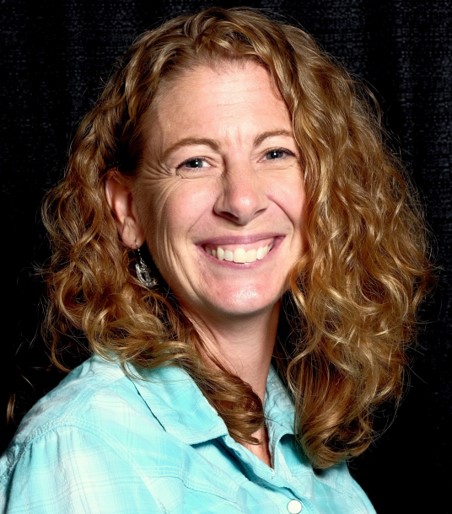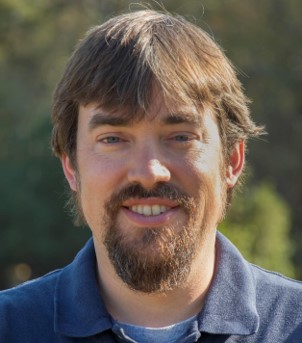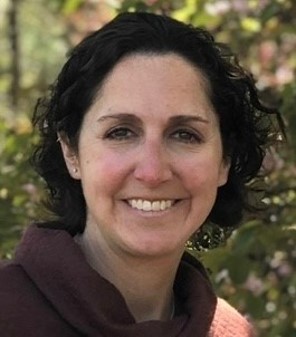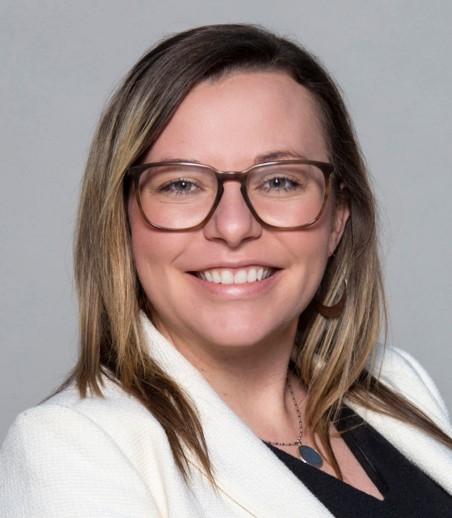- Home
- About Us
- Resources
- Events
- Members Only
- Contact Us
- Join Now
November 2023, Volume 18, Issue 6
TABLE OF CONTENTS
President's Corner
SESWA Members, As your continuing SESWA President, I want to thank management staff, the Conference & Education Committee, exhibitors, presenters, and the other members and guests who attended SESWA’s 18th Annual Regional Stormwater Conference. The Conference was another huge success with over 300 stormwater professionals in attendance. I am already looking forward to next year in Chattanooga, TN!! Each year the President creates an Action Plan that documents the associations initiatives for the year. I would like to highlight two of the six Action Plan Initiatives that I am proposing for 2024:
As we embark on this journey as outlined in the SESWA Action Plan, please look for ways to become informed and engaged. SESWA is very much like other opportunities – at a minimum, you will get out of it what you put in. Thank you for entrusting me again with leading SESWA in 2024. More importantly, thank you for your dedication to keeping the world’s most precious natural resource clean and safe. Dave Canaan |
|
W. Dave Canaan |
Demetria Kimball- Mehlhorn |
John Butler |
Also serving on the Executive Committee as the Board of Directors Representative is:
- Kimberly Washok-Jones (Town of Bluffton, SC) – Board Representative
SESWA’s 2023-24 Committee Members Appointed
A big thank you to the 60+ individuals that have volunteered to serve on one of SESWA’s four programmatic Committees. We appreciate our committee members taking the extra time to help SESWA grow and bring regional, state, industry and local information to our membership. The Committee effort includes planning future educational opportunities, monitoring regulatory and permitting updates, and sharing solutions for pollution reduction and operational challenges. Networking helps us build personal and professional relationships; the conferences and seminars help us share our efforts with a wider audience; the Community Forum helps us to stay engaged; and the committees keep it all tied together. We look forward to working with you all!
Committee Chairs for 2023-24 include:
|
Lisa Wells |
James Riddle |
Beth Parmer |
Steve Peene |
For a complete listing of the SESWA Committees, visit our website.
January Webinar – Registration is Open!
Join us on January 19, 2024 at 10:30 a.m. Eastern for an encore session from SESWA’s 2023 Annual Conference, Intersection of Green and Gray Stormwater Infrastructure: Hybrid Solutions Improve Water Quality and Reduce Flooding. This was the highest rated workshop from the Annual Conference so if you weren’t able to join us, be sure to register today! Nuisance flooding in the wrong areas can impose serious threats to vital transportation corridors and human health. Recently completed projects in Raleigh and Beaufort, North Carolina highlight ways that green infrastructure can be used to mitigate flooding and increase the lifespan and effectiveness of existing gray stormwater infrastructure. This free one-hour webinar will share the functional and aesthetic benefits of combining traditional gray stormwater infrastructure with nature-based green stormwater infrastructure to eliminate nuisance flooding while providing water quality benefits and aesthetic improvements. Register Today! This webinar is brought to SESWA members FREE thanks to the generous support of SESWA’s Communications Sponsors!
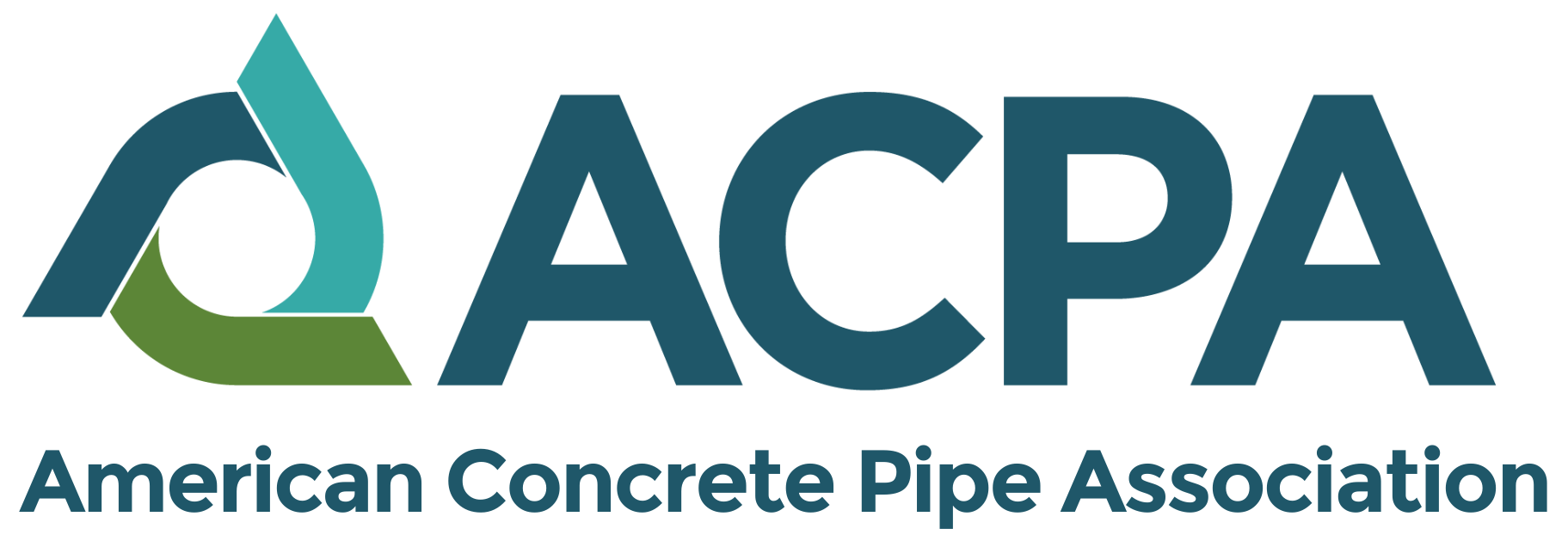 |
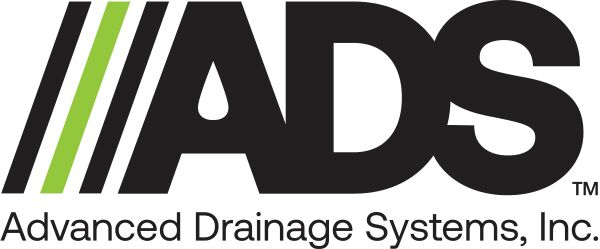 |
 |
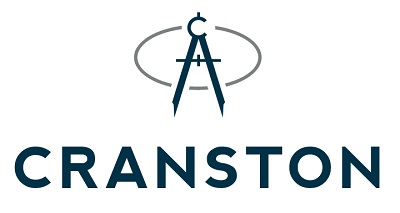 |
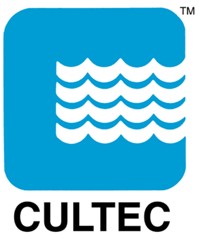 |
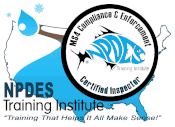 |
 |
SESWA Members – You Can Search SESWA’s Resources Online!
Are you looking for resources on stormwater topics? Visit SESWA’s website and search resources including conference/seminar presentations, recordings, SESWA Community Forum articles, and more. Here’s how in three easy steps:
- Go to SESWA.org
- Look for the “Search our site...” box at the top of the page.
- Type in your search topic and press “enter.” See sample search results below.
Members Can Maximize Results by logging into their profile first. Be sure to check the “Pages” and Community “Forum” boxes as shown below to access all member-only resources.
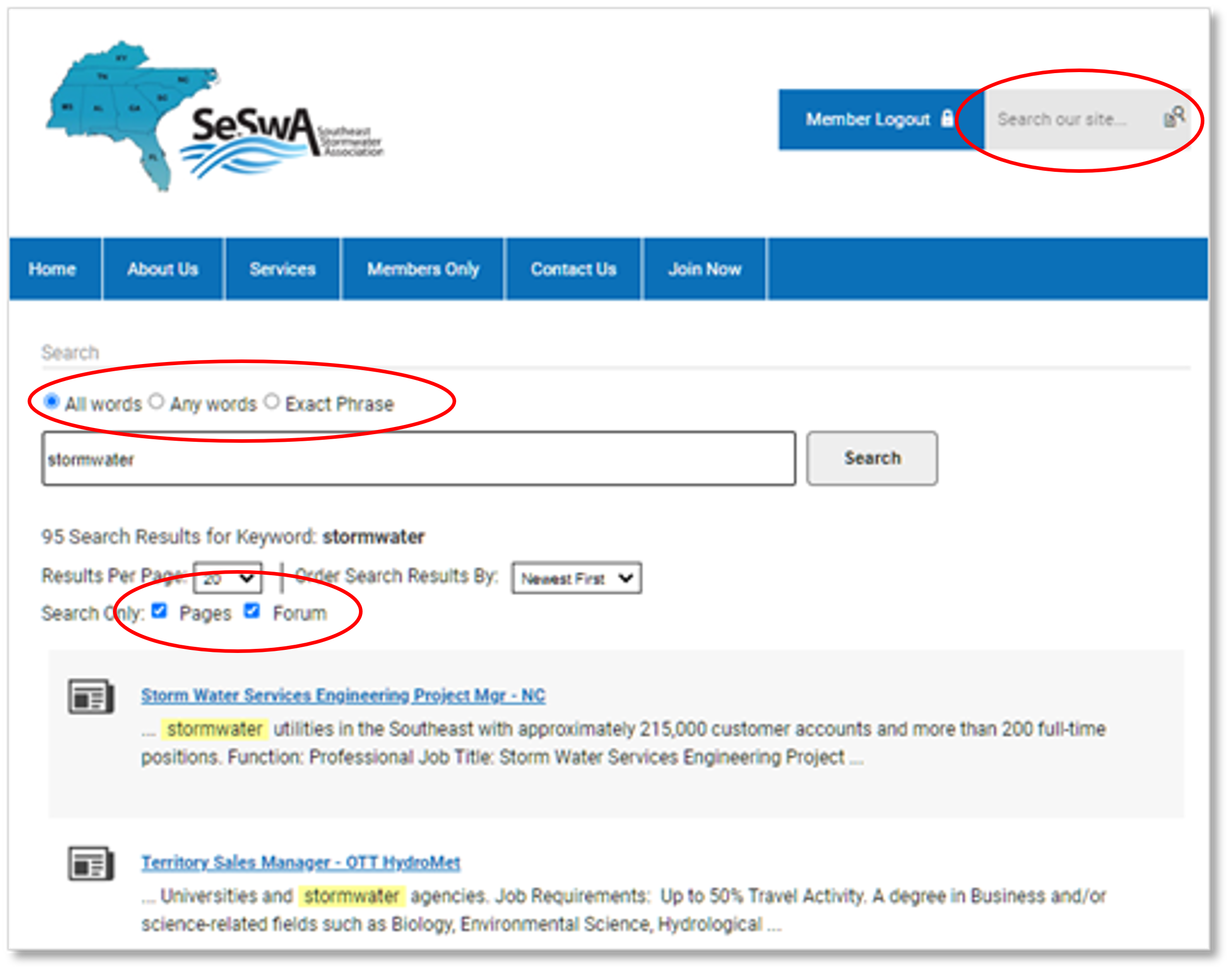
Updates of Georgia's NPDES Phase I Large Permit Reissuance and Timeline
Beth Parmer, Clayton County Water Authority, GA
Georgia’s Phase I Large NPDES Permit has recently gone out for review to MS4 permittees, with the first comment period closing November 10, 2023. The permit renewal application is due back to the GA Environmental Protection Division (EPD) by December 13, 2023 and the new permit effective date is scheduled for July 11, 2024. The updated Storm Water Management Programs will be due to the EPD 180 days following the permit effective date.
Some notable changes of the permit draft include clarifying that flood management projects are not required to have a full assessment each reporting period, water quality vaults were added as one of the MS4 structures to be included in the public inventories, and language was added clarifying that GI/LID structures that are publicly owned (but not owned by the permittee) are also required to be inspected. In addition, all GI/LID structures must have some procedures in place to ensure they are maintained.
Florida Developing a Rule for Water Quality Credit Banking
Steve Peene, Geosyntec Consultants
The Florida Legislature passed House Bill 965 authorizing the creation of Water Quality Enhancement Areas (WQEAs). The bill was approved by the Governor in the spring of 2022. WQEAs are natural systems constructed to provide water quality treatment credits that would then be available for sale to governmental entities (GEs). In March of 2023, the Florida Department of Environmental Protection issued a notice of rulemaking to establish the WQEA program. The WQEAs would be permitted by private groups through the State’s Environmental Resource Permit process. GEs may develop WQEAs for their own use but may not sell credits to third parties. The credits are meant to compensate for lack of treatment available onsite and cannot be used to meet onsite stormwater management requirements. Groups looking to permit WQEAs must show the pollutant reductions achieved and the applicable Service Area, i.e., region over which credits will apply, through modeling or other analytical tools completed at the time of the permit. Entities must also develop a Performance and Success Criteria Monitoring and Verification Plan that outlines the treatment types and monitoring to demonstrate the pollutant load reductions achieved. The rulemaking has just begun with comments due to the first draft by December 6, 2023.
Ordinance Refinements in a Growing City
Daryl Hammock, City of Charlotte, NC
As Charlotte, North Carolina's development patterns have shifted, new types of drainage problems associated with dense in-fill development have emerged. The City of Charlotte initiated the creation of a Unified Development Ordinance that encouraged even more infill development. Recognizing the potential for conflict and long-term increased costs, staff developed companion regulatory processes with a goal to combat the creation of new drainage problems associated with infill development.
One of many changes was a new drainage review of building projects based on their location in relation to the drainage system. Since becoming effective in June 2023, more than 2,200 small infill building projects have been reviewed. The new drainage reviews have been successful in preventing drainage problems, including a home intended to be built over a 30-inch metal drainage pipe. The new process makes use of a tiered review approach that limits staff time and owner effort. Communities experiencing dense urban growth should anticipate the possibility that costly drainage problems could emerge, and early regulatory actions will limit these costs.
Upcoming Grant Opportunities in North Carolina
Hunter Freeman, McAdams
There are numerous grant and funding opportunities for stormwater planning and implementation projects in North Carolina. While some have deadlines fast approaching, many of these grants should be on your radar as they have multiple funding cycles annually. Some of these opportunities are listed below. Most communities are eligible, and some grants also fund efforts by NGO’s and non-profits. Check with the grant programs for additional detailed information.
Water Resource Development Grant – North Carolina Department of Environmental Quality
Application Deadline January 2, 2024
The Water Resource Development Grant program is open to municipalities for stream restoration, water management, preliminary feasibility or engineering studies, coastal infrastructure and other water-based projects. These 50% cost-share grants offer technical assistance to local governments throughout the state. Projects must not be required for permit compliance, and the 50% match cannot be from federal funds. For more information visit the Water Resources Development Grant Program page.
Land and Water Fund – North Carolina Land & Water Fund
Application Deadline February 15, 2024
The North Carolina Land and Water Fund is intended to support projects that protect surface waters through conservation, restoration, planning, and innovation. State agencies, local governments, and environmentally focused non-profits are encouraged to apply. More information, including specific eligibility requirements and applications can be found on the North Carolina Land & Water Fund site.
Five Star and Urban Waters Restoration Program – US Fish and Wildlife Foundation
Application Deadline January 31, 2024
This program, with funding led by the NFWF, seeks to develop community capacity to sustain local natural resources for future generations by focusing on improving water quality, watersheds, and the species and habitats they support. Projects should increase access to the benefits of nature, reduce environmental impacts, and engage local communities. The $30,000 to $60,000 grants require a 25% non-federal match. For more information visit the Five Star and Urban Waters Restoration Grant Program page.
Rebuilding American Infrastructure with Sustainability and Equity (RAISE) – USDOT
Application Deadline February 2024
RAISE grants awards funding to invest in road, rail, transit, and port projects that promise to achieve national objectives and have a significant local or regional impact. The eligibility requirements of RAISE ask applicants to meet environmental sustainability merit criteria, opening up the opportunity to use the funds for stormwater and resiliency projects. Eligible projects include capital projects (highway, intermodal, surface transportation, infrastructure, culvert replacement or stormwater runoff) and planning (preparation for eligible surface transportation capital projects). For more information visit the USDOT RAISE Discretionary Grants page.
NACWA Corner
Provided by the National Association of Clean Water Agencies
Emily Remmel, Senior Director of Regulatory Affairs
Proposed Cuts to CWSRF Could Have Lasting Consequences and Funding Impacts
Since the establishment of the Clean Water State Revolving Fund (CWSRF) under the 1987 Clean Water Act (CWA) amendments, Congress has appropriated over $50 billion in federal investment collectively to the state CWSRFs, who in turn have provided over $160 billion to local communities. But, with proposed CWSRF program cuts possibly on the table, stormwater agencies need to let Congress know that current funding levels must be maintained.
These low-interest loans, and in some cases grants through additional subsidization provisions, provided under the CWSRFs annual appropriations have remained the primary federal clean water financing tool that public clean water utilities and stormwater agencies have used to help their local communities meet their CWA compliance obligations and upgrade and improve aging infrastructure.
While the CWSRF has largely been funded at consistent levels in recent years, there are serious concerns that drastic cuts are looming. A recent U.S. House of Representatives proposal will fund the CWSRF program at $535 million—far less than the U.S. Senate’s package to fund the CWSRF at $1.6 billion and what has been the average appropriation to date. Compounding the concern is the fact that $470 million of the $535 million has been earmarked for certain districts, essentially shrinking the available funding to a mere $65 million.
The proposed cuts to the CWSRF do not reflect criticisms of the program itself—rather, they are part of broader calls from Congressional Republicans to reduce federal spending. As “big ticket” items, the SRFs can be victims of their own successes, targeted by policy makers who want to cut U.S. EPA’s spending. And the historic water infrastructure investments under the Infrastructure Investment and Jobs Act (IIJA), also referred to as the Bipartisan Infrastructure Law (BIL) that injected, over 5 years, $11.7 billion into the CWSRF provide a sense of cover to Congress, muting the impacts of annual funding cuts over the next few years. But in 2027 this historic funding ends and public utilities and stormwater agencies will again rely on the annual Congressional appropriations process to secure critical funding for their communities.
These BIL investments were intended to be a one-time infusion into the CWSRF in addition to the ongoing annual appropriations. NACWA is urging its members and the broader clean water and stormwater community to call their members of Congress and stress the need to fully appropriate the clean water programs authorized and reauthorized under the IIJA to ensure that local communities have the comprehensive resources required to provide essential public wastewater and stormwater services. There is growing concern that the House’s proposed funding levels could set the precedent after BIL dollars are exhausted.
If SESWA members have questions on the CWSRF, please contact Emily Remmel, NACWA’s Senior Director of Regulatory Affairs.
Don't see news from your state?
Please contact us with your news or share your comments on our newsletter by emailing us at [email protected].
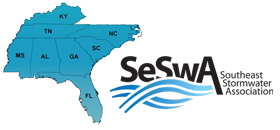


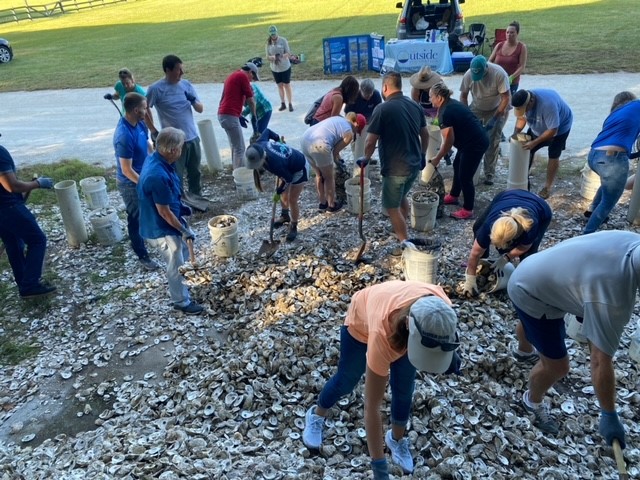 On October 4th, the Southeast Stormwater Association (SESWA) sent forty volunteers from throughout the Southeast to the
On October 4th, the Southeast Stormwater Association (SESWA) sent forty volunteers from throughout the Southeast to the 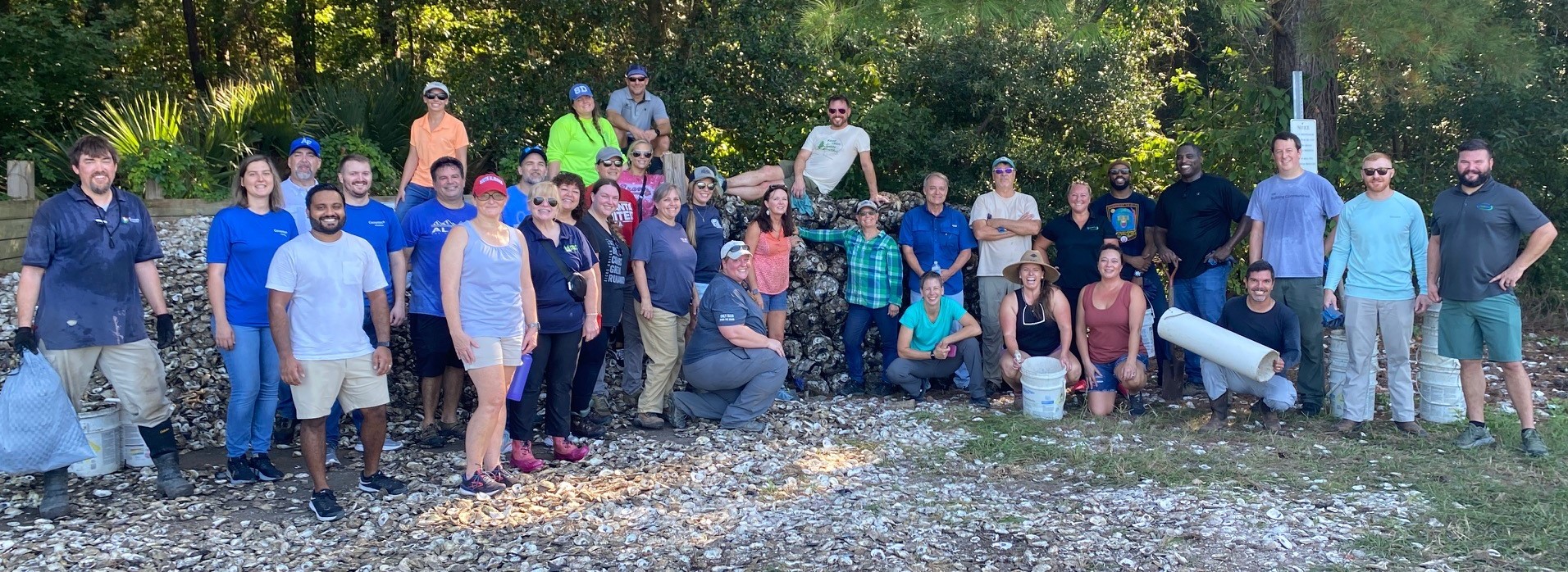 Building initiative.
Building initiative.
